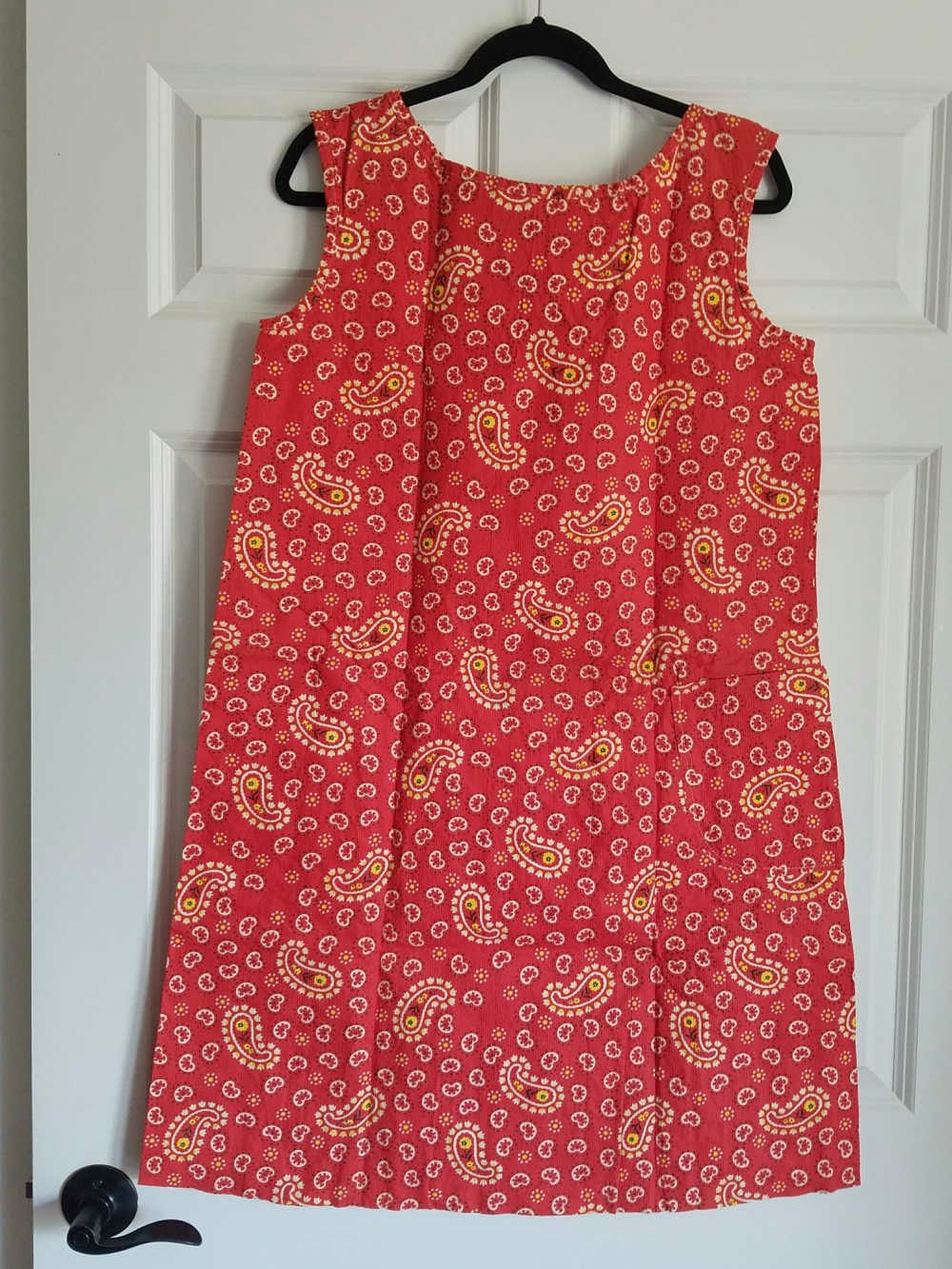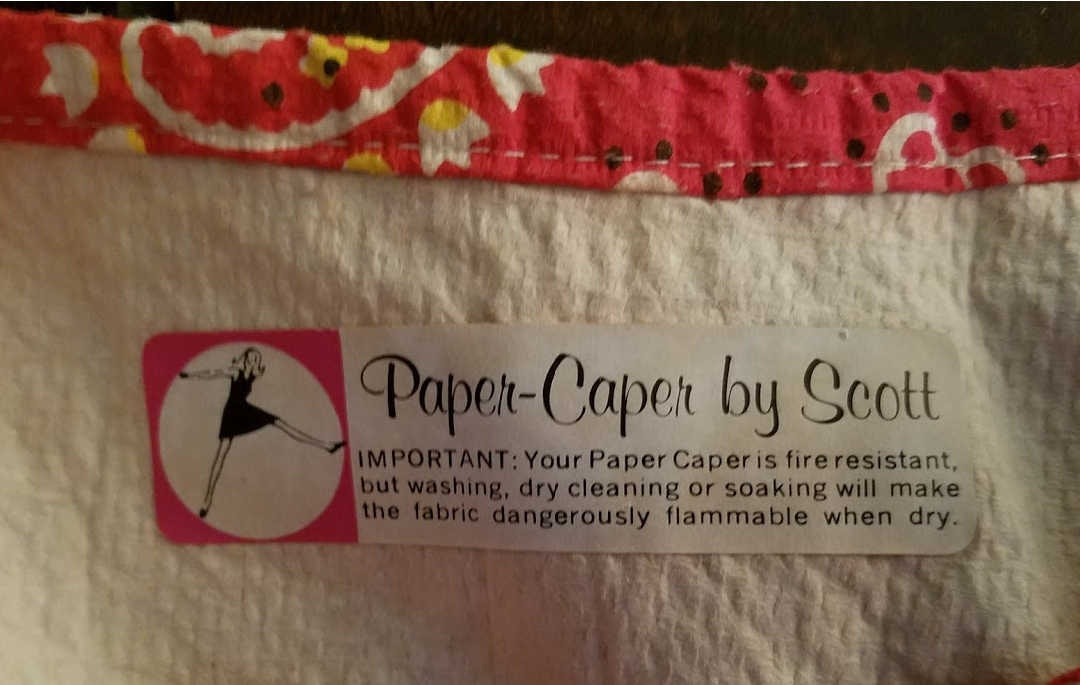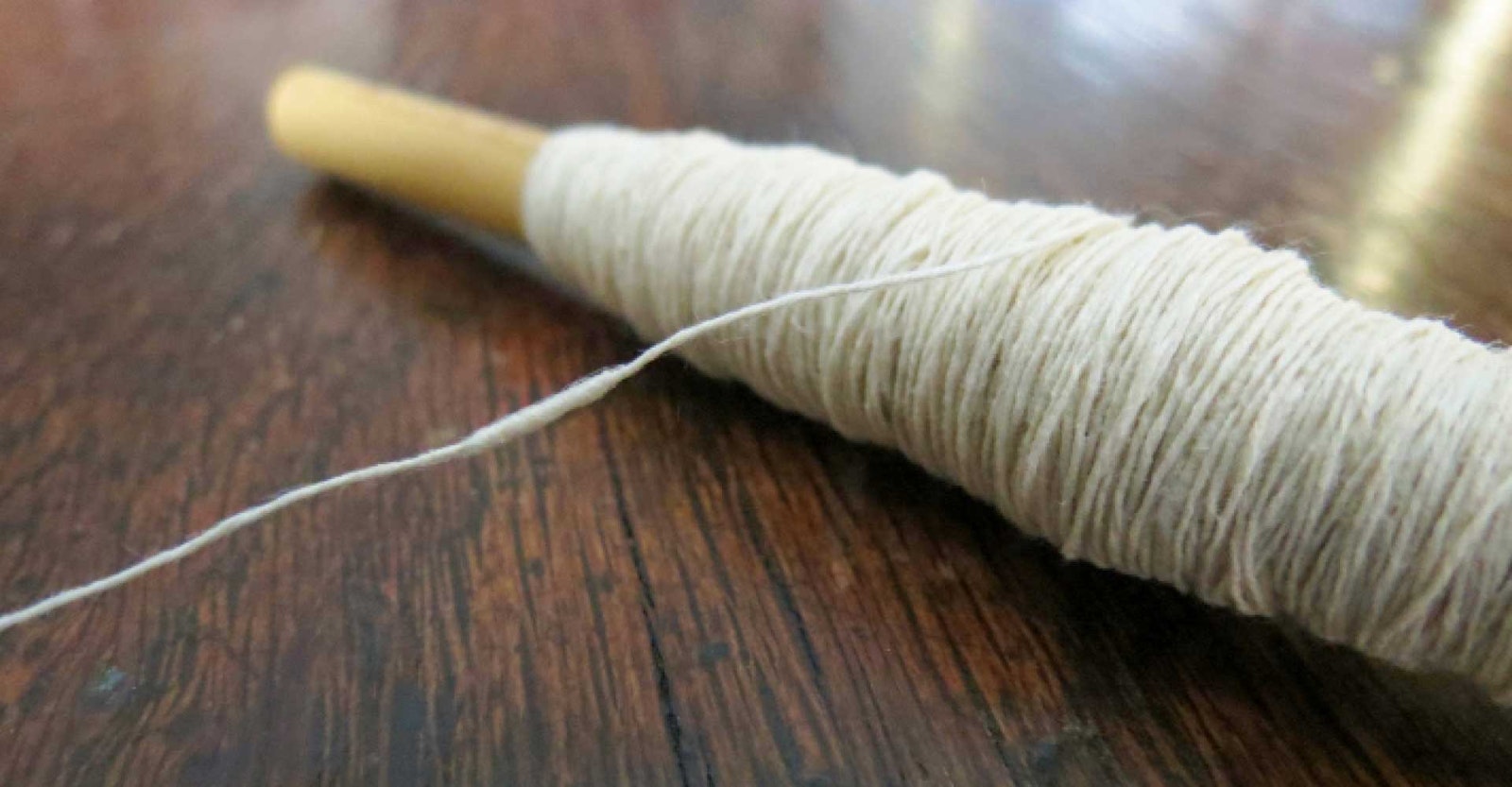I have been intrigued with shifu for many years. What is shifu, you ask? Well, it’s the Japanese word for paper cloth: shi translates to paper, fu translates to cloth.
I have great admiration for anyone who has the vision to take something common or mundane and turn it into a work of art. Either through frugality or necessity, someone had the foresight to spin thinly cut strips of paper into a thread and then weave them into a durable fabric. This is, in my mind, nothing less than brilliant.
Making something special from very little was a common theme in my home growing up. I was always reminded to be grateful for what we had. My mother lived through war times in London, and rationing was part of her family’s daily life. A pound of sugar and one egg per person, each month, was what they received. My mother’s family would combine their rations for the occasional treat or Christmas cake. It’s hard for me to fathom this today, but it’s not unlike the clever individual who thought to cut a continuous strip of paper and spin it to weave some cloth.
I was so excited to read Susan J. Byrd’s article on shifu in the Spring 2020 issue of Spin Off. Susan not only explained the history behind shifu but then clearly illustrated the processes involved to cut sheets of mulberry paper into thin strips and then spin them into thread. The article explained how shifu fabrics were mainly used for clothing. Heavyweight shifu was insulating and prized by farmers and fishermen who worked in wet conditions. Lighter-weight cloth, woven with a cotton warp and spun paper weft, could be worn as vests, pants, aprons, and even sleepwear. Susan’s article was fascinating and a condensed version of her fabulous book A Song of Praise for Shifu: Shifu Sanka.

Left: Shosenshi linen paper thread in the skein and wound into a ball sitting on paper towels. Right: Paper towels woven, washed, and pressed. Photos by Tom Knisely
I am a spinner who has tried to spin my own paper thread. My good friend Tara Kiley Rothwell is an excellent spinner. Tara showed me the steps involved in making paper thread. We had so much fun and spent hours making a few yards of thread. It is not difficult to add twist to the paper strips, but the preparation is time-consuming. I promise to continue spinning paper thread, but I wanted to weave some shifu dish towels, and I wanted to weave them immediately. I am normally a very patient person, but Susan’s article had me so excited that I just couldn’t wait to spin all the weft that would be needed to experiment with weaving with paper thread for some towels, so I ordered two skeins of white paper thread from Habu Textiles for starters. It’s called Shosenshi. It’s made from 100% linen paper and has 476 yards to the skein.
I had the good fortune to look at and get inspiration from an antique futon cover that was made of shifu cloth. It had a cotton warp and wefts of paper and the occasional pick of cotton thread. I thought this was a good guide to follow as I attempted to weave my first piece of shifu. It’s still hard to believe that this fabric is durable and will hold up to multiple washings. If anything gets washed a lot here at my house, it’s the dish towels. My thought was, let’s see what this seemingly fragile fabric does as a dish towel.
I wound a 3-yard warp of 8/2 cotton and sett it at 20 ends per inch. This was enough for a couple of dish towels. The paper yarn has the texture of raffia. It’s stiff and wiry and comes in a skein. I placed it on a swift and wound it into balls on a ball winder. The curly thread slipped off the ball shape when I removed it from the winder. Squeezing the sides helped to control the put-up. I think next time I will go directly from the swift and onto bobbins, giving me more control over the paper thread. I decided to weave some alternating picks of indigo blue 8/2 cotton in a simple striped pattern to keep with the Japanese aesthetic that I was looking for. Simple and elegant.
After removing the fabric from the loom, I stabilized the ends and washed the fabric in the washer on a regular cycle in hot water. I then put it in the dryer. The results were surprising. The rather stiff shifu cloth that I wove now has a soft hand. It didn’t disintegrate in the wash! This fabulous fabric far exceeded my expectations. Every time we use these towels, I have to say, “How cool are these towels?” You just have to try some for yourself. How much fun is it to tell someone that you wove them a paper towel?
I now totally understand how someone could have a garment made from paper cloth. It’s durable and gets softer with repeated washings.

Vintage paper dress. Photo by Tom Knisely
Since this issue’s theme is mid-century modern, I pondered a bit on what I could contribute. I wanted to share my experience with weaving shifu, but at the same time, it didn’t seem to fit the theme. How could I make paper cloth work for this issue? Then it hit me. I remembered my Aunt Helen and her experience with a paper dress.
I’m thinking the year must have been 1967 or 1968. I came home from school to find my mother hanging up the phone in hysterics. She had been talking to Aunt Helen, who had just been nominated as the new president of the Harrisburg chapter of the Ikebana Society. To celebrate, she and several of her lady friends decided to go to the Benihana steakhouse for lunch and cocktails. They also thought it would be lots of fun to try out the latest trend in fashion, paper dresses—dresses you could wear once and then throw away. It was inexpensive and lots of fun to say you were wearing a paper dress. They weren’t just inexpensive, they were cheap and cheaply made. When the ladies got to the restaurant, one woman went to sit down at the hibachi grill table, and the side seams in her paper dress let loose. After lots of laughs and a second cocktail to ease the pain of her embarrassment, they all agreed that paper dresses were not such a good idea.

Dress label with a dire warning. Photo by Tom Knisely
I recently found a vintage paper dress on eBay and bought it for you to see. The label reads, “Paper Caper by Scott. This garment is fire resistant but washing, dry cleaning or soaking will make the fabric dangerously flammable when dry.” I’m thinking that wearing this paper dress is not such a good idea. How about you? Perhaps some of you remember wearing them. Please let us know. This fashion trend was short-lived, and I can’t imagine why.
Happy weaving, everyone.
Tom
Resources
- Byrd, Susan J. “Paper Threadmaking for Shifu.” Spin Off, Spring 2020, 70–74.
- ———. A Song of Praise for Shifu: Shifu Sanka. Ann Arbor, Michigan: Legacy Press, 2013.

